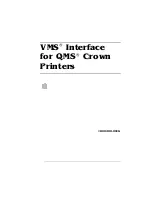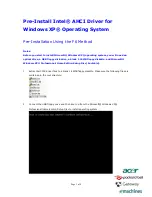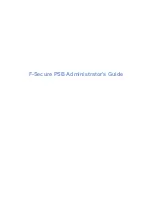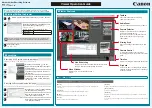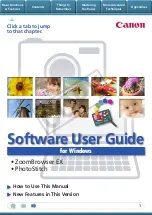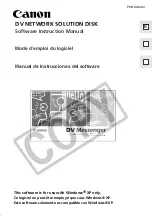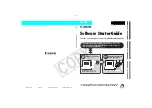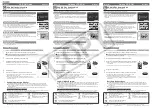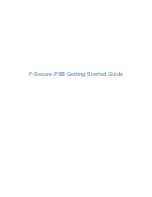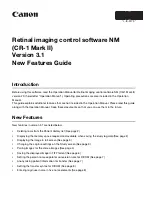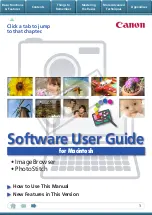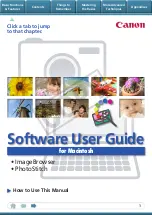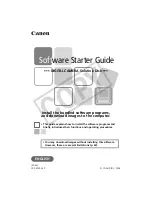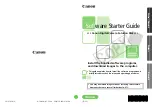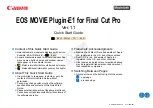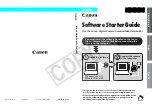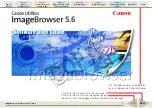
1
Studio Manager for V2 DM2000 Editor—Owner’s Manual
Special Notices
•
The software and this owner’s manual are the exclu-
sive copyrights of Yamaha Corporation.
•
Copying of the software or reproduction of this man-
ual in whole or in part by any means is expressly for-
bidden without the written consent of the
manufacturer.
•
Copying of the commercially available music
sequence data and/or digital audio files is strictly pro-
hibited except for your personal use.
•
Yamaha makes no representations or warranties with
regard to the use of the software and documentation
and cannot be held responsible for the results of the
use of this manual and the software.
•
This disc is a CD-ROM. Do not attempt to play the
disc on an audio CD player. Doing so may result in
irreparable damage to your audio CD player.
•
The screen displays as illustrated in this owner’s man-
ual are for instructional purposes, and may appear
somewhat different from the screens which appear on
your computer.
•
Future upgrades of application and system software
and any changes in specifications and functions will
be announced separately.
Trademarks
•
Adobe, Acrobat, and Reader are registered trademarks of
Adobe Systems Incorporated. Apple, AppleTalk, and
Macintosh are registered trademarks of Apple Com-
puter, Inc. Microsoft and Windows are registered trade-
marks of Microsoft Corporation. All other trademarks
are the property of their respective holders and are
hereby acknowledged.
Copyright
•
No part of the Studio Manager software or its docu-
mentation may be reproduced or distributed in any
form or by any means without the prior written
authorization of Yamaha Corporation.
© 2004 Yamaha Corporation. All rights reserved.
YAMAHA PRO AUDIO GLOBAL
SITE
http://www.yamahaproaudio.com/
Contents
Getting Started ......................................... 2
Starting and Setting Up Studio Manager ............ 2
Quitting Studio Manager ..................................... 3
Configuring the Editor ......................................... 4
Synchronizing Studio Manager ........................... 6
Offline Edit Function ............................................ 6
Working with Sessions ......................................... 7
Undo/Redo Function ........................................... 7
Other Functions .................................................... 8
Using Studio Manager Windows .............. 9
Master Window .................................................... 9
Layer Windows ................................................... 10
Selected Channel Window ................................. 14
Library Window .................................................. 21
Patch Editor Window ......................................... 23
Surround Editor Window .................................. 28
Timecode Counter Window .............................. 29
Effect Editor Window ......................................... 29
Meter Window .................................................... 30
GEQ Editor Window .......................................... 31
Keyboard Shortcuts ................................ 32
Index ....................................................... 33
* Specifications and descriptions in this owner ’s manual
are for information purposes only. Yamaha Corp.
reserves the right to change or modify products or
specifications at any time without prior notice. Since
specifications, equipment or options may not be the
same in every locale, please check with your Yamaha
dealer.
Owner’s Manual

















